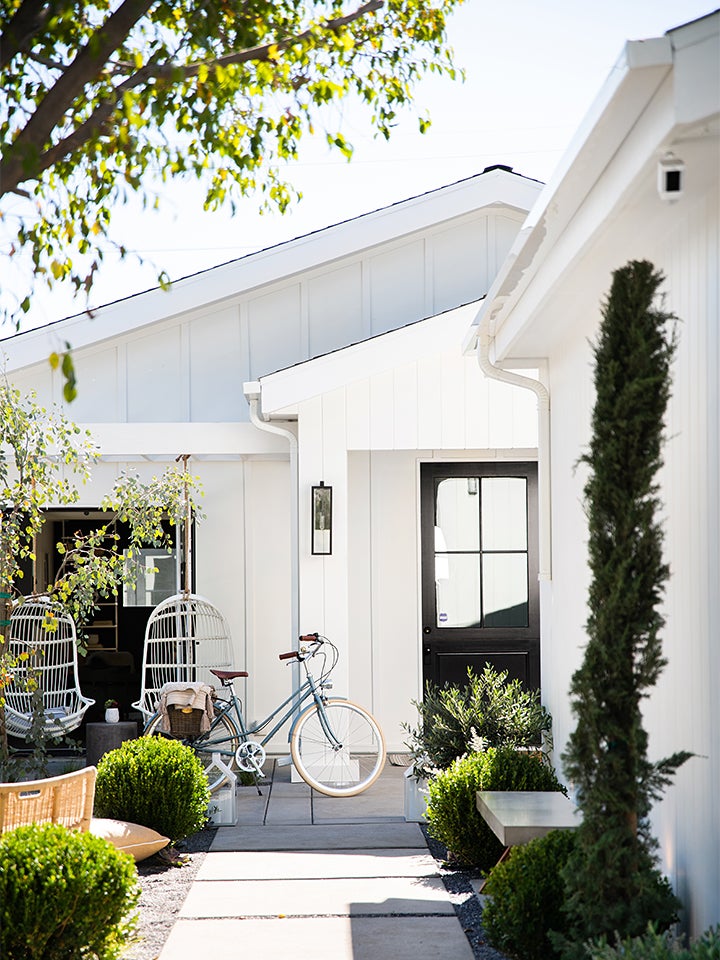A Serial House Flipper Shares Her Real-Estate Checklist
Including the winning trifecta of features.
Updated Oct 11, 2018 3:25 PM
We may earn revenue from the products available on this page and participate in affiliate programs.
Renovation TV shows make flipping a house look simple: Take a sledgehammer to a wall, lay some new floors, and you’ve got yourself a dream home in a matter of days. But anyone who’s ever attempted a gut job in real life knows it’s not quite that straightforward. Plumbing or electrical issues quickly become money pits, city approvals delay progress by months, and all that effort can go to waste if it doesn’t actually increase the property’s value.
Many of these costly mistakes can be avoided before you demo a single cabinet: It all starts with picking the right place, followed by knowing how to make the most of it. It can be tempting to buy an old Victorian or a run-down cottage at a fraction of the cost. But before you do, take note from Shanty Wijaya, founder of Allprace, a boutique real-estate renovation and development company. With 11 years of experience under her belt, she’s got her real-estate checklist down to a science.
Remember the Winning Trifecta
The three main things Wijaya considers in a potential project: location, price, and physical condition. “We typically search on desirable streets in high-demand neighborhoods,” she says. Swapping out tile and painting walls is easy, but changing a house’s environment or neighbors is not.
She keeps an eye out for distressed and neglected buildings that have been sitting on the market for a while, since their costs tend to be more negotiable. That said, Wijaya always does the math first to make sure the amount of work that needs to be done is higher than the potential sale price that awaits on the other end.
Look Beyond Cosmetics
Buyers like to see how they would live in a home immediately; they want spaces that are inviting, open, and filled with natural light. But Wijaya searches for the opposite. “Many people overlook the hidden potential and tend to hyper-focus on the negatives,” she says. Think about the possibilities of restoring original architectural features, adding windows, or improving flow.
It takes courage, calculated risk, and imagination to see beyond those closed-off walls, unusual layouts, or dingy bathrooms, but it can pay off as long as you’ve budgeted for them. Wijaya suggests bringing along a trusted contractor to help evaluate noncosmetic changes. “If you get the all clear, you might find yourself a hidden gem,” she notes.
Focus on Curb Appeal
Wijaya invests a lot of time, money, and effort into landscaping. Beyond drawing in potential buyers, it also creates meaningful experiences. “We always think about the future homeowner or family,” she says. “We picture children playing outside, couples entertaining, and creating a sanctuary for people’s busy lives.” Especially in her Southern California market, where an indoor-outdoor lifestyle is possible year-round, making the exterior as inviting as the interior can turn an unused yard into a second living area.
Make the Most of Each Square Foot
Most old homes have areas that fall short in terms of livable space: Cramped living rooms, tiny kitchens, and lackluster master suites often top the list. So Wijaya often opens up communal rooms and will even eliminate a small bedroom to make the others more comfortable. “It’s important to maximize the square footage, no matter the size of the lot,” she explains. Whether that means adding an extension or building a small studio in the backyard, every inch counts.
It’s hammer time: Follow @reno_notebook for easy rental updates, clever DIYs, and tips to nail your next project.
